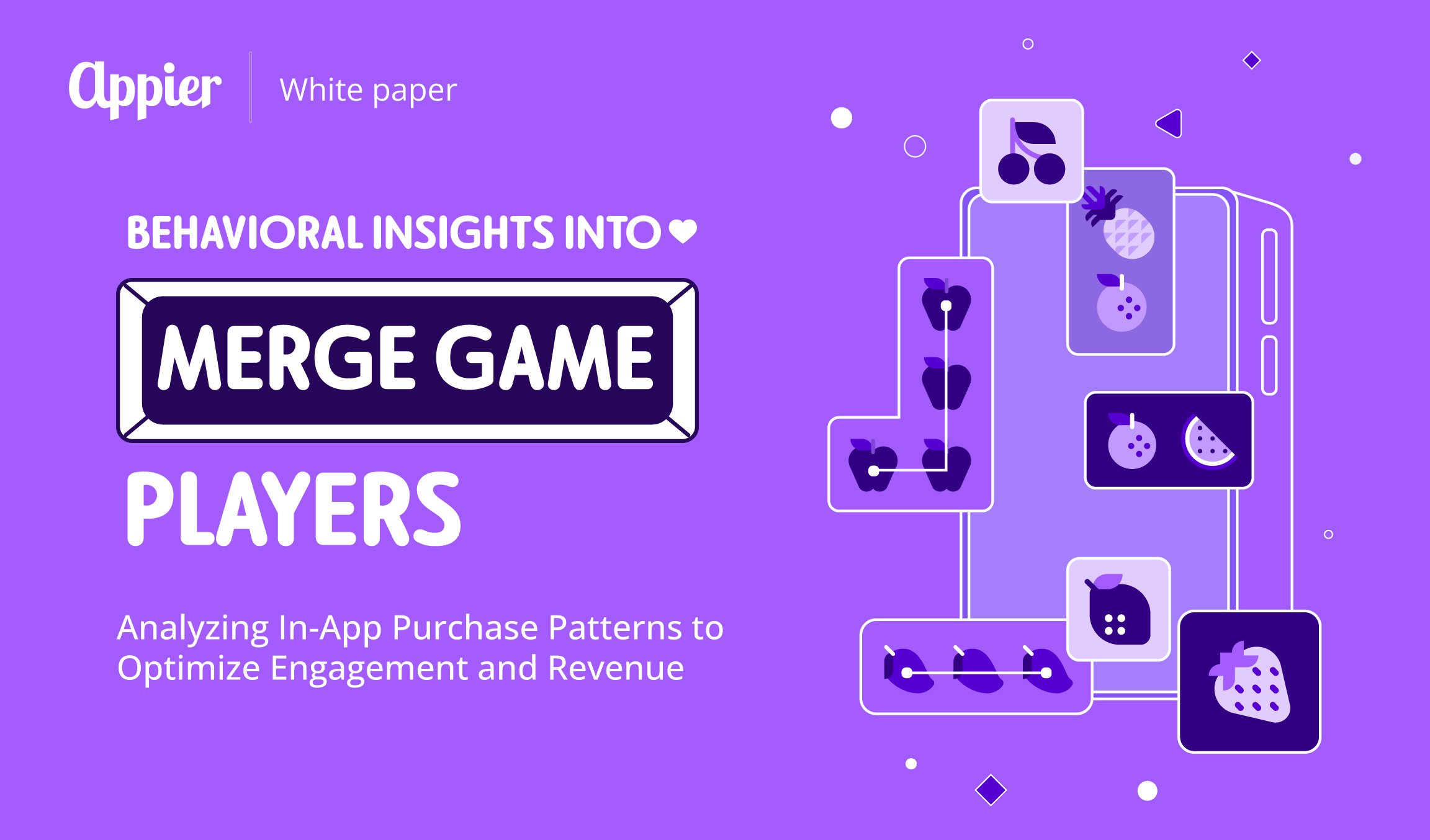3 min read
Finding the Best Audience for Your Goal
AI can find hidden user patterns that have a positive or negative impact towards achieving a predetermined end goal that you want to achieve, be it finding the more-likely-to-book audience segment to drive sales volume, or offering an existing customer a personalized tour package catering to his or her interest.
The traditional way of doing this is by considering three dimensions – demography, historic online behavior on your owned channels and interests – which can be quite accurate, but a lot of it is guesswork. It also only allows you to reach limited consumers with purchase intentions, whereas AI has the added value of finding all prospects that will likely meet the goals defined by marketers, whether it’s making a purchase or signing up newsletters.
AI also eliminates the guesswork. It considers many more factors to produce countless combinations. Humans would be struggling with this level of complexity, and have limited time and ability to interpret it. They usually end up simplifying the parameters. However, that loses the richness of the data.
For example. If you consider degree of interest (say 300), internet browser behavior such as how active each individual is in a period of defined time duration (1 million), site action (8), site frequency (100), site action duration (180), and multiply them all together, you would have an enormous number. Add in more age groups, users accessing the website on certain devices and another couple of factors, and you can see how quickly the possibilities escalate.
Following the Behavior Patterns
Not only does AI give you this incredibly granular view of your travel audience, it also tells you which factors will have the most influence over whether they convert into paying customers or not, and will spot those behavior patterns. It learns from the historical data and continuously adjusts the predictive result by incorporating whichever new data becomes available. All you have to do is to create the model and tell it your end goal. With AI doing all the heavy lifting, marketers are freed up to explore the potential opportunities hidden in the data.
By predicting what your audience are likely to do next, you can adjust your campaigns accordingly. For example, if happytravel.com uses AI to find the customers most likely to book a flight to Bangkok, it can segment these users and target them with personalized offers and/or messaging to help convert their intention into a booking.
Chicken, Cakes and Lookalikes: Getting to Know Your Customers Better
AI also provides greater insight into your customers’ interests, and it can do so with an incredible level of specificity – instead of a subject like ‘holiday’, which is too broad to be of any use, AI will analyze the keywords and phrases such as ‘road trip’ or ‘romantic getaway’ to gain a deeper understanding of the context based on an online article your audience read or a package they clicked. The more of these data you feed it, the more accurately AI can analyze patterns of behavior, which are used as a basis for building a predictive model.
Using AI, you can unify data collected over time from various channels, such as app, website, CRM, etc. to create effective audience segments, and then apply predictive AI on them to see their possible behavior in the near future. Combining both static attributes and predictive behaviors together creates the most efficient audience segments that you could ever build to achieve your goals.
By segmenting your travel audience using an AI-driven data science platform such as AIXON, you can build a more dynamic picture of who is using your service. By going beyond the static traits and targeting those customers who are more valuable, you can develop your marketing campaigns accordingly and meet your customers’ needs more effectively.



-1.png?width=3000&height=1834&name=SuperLike_%E5%B7%A5%E4%BD%9C%E5%8D%80%E5%9F%9F%201%20(1)-1.png)